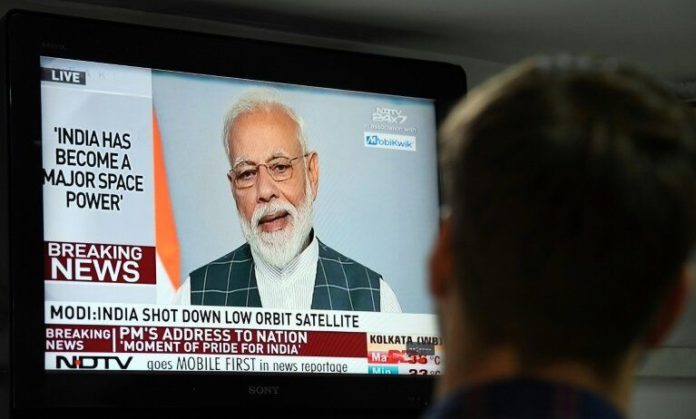Astronauts aboard the International Space Station (ISS) are endangered by orbital debris from the destruction of India’s satellite. The head of NASA on Monday branded the destruction a “terrible thing” that created 400 pieces of orbital debris.
NASA administrator Jim Bridenstine was addressing employees of the National Aeronautics and Space Administration five days after India shot down a low-orbiting satellite in a missile test to prove it was among the world’s advanced space powers.
Not all of the pieces were big enough to track, Jim Bridenstine explained. “What we are tracking right now, objects big enough to track — we’re talking about 10 centimeters (six inches) or bigger — about 60 pieces have been tracked.”
But out of the 60 pieces, 24 of them went above the apogee of the ISS, the point of the space station’s orbit farthest from the Earth.
“That is a terrible, terrible thing to create an event that sends debris at an apogee that goes above the International Space Station,” he continued, adding “That kind of activity is not compatible with the future of human spaceflight.”
- the point in the orbit of an object (such as a satellite) orbiting the earth that is at the greatest distance from the center of the earth also : the point farthest from a planet or a satellite (such as the moon) reached by an object orbiting it — compare perigee
- the farthest or highest point : culmination Aegean civilization reached its apogee in Crete.
He added: “It is not acceptable for us to allow people to create orbital debris fields that put at risk our people.”
Because of the Indian test, the risk of collision with the International Space Station has increased by 44 percent over 10 days, said Jim Bridenstine.
But the risk will dissipate over time as much of the debris will burn up as it enters the atmosphere.
NASA is tracking 23,000 pieces of orbital debris larger than 10 centimeters.




















